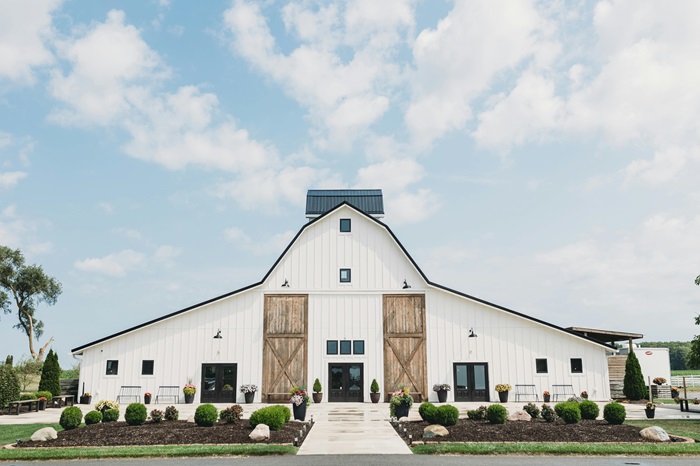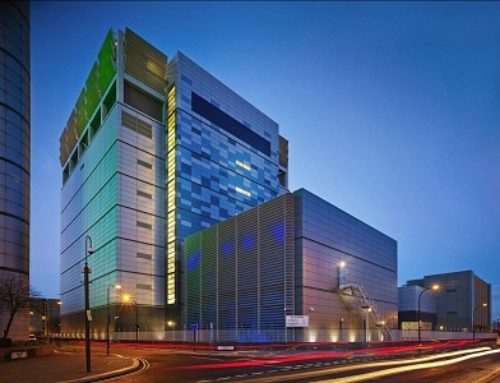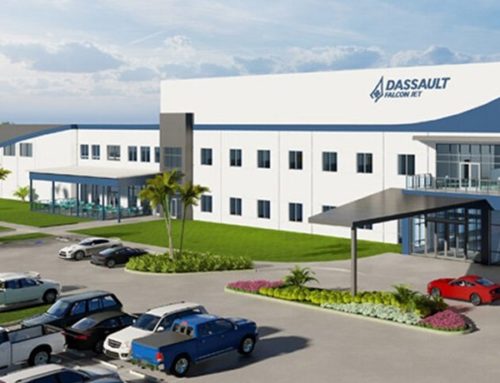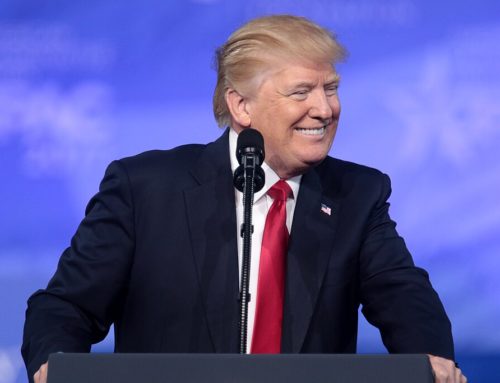1. UK and the State of Indiana Collaborate in Second Working Group Meeting
On Thursday, March 21, 2024, representatives from the United Kingdom (UK) and the state of Indiana convened for the Second Working Group meeting in Indianapolis. This significant gathering was held under the auspices of the UK-Indiana Memorandum of Understanding.
The meeting, co-chaired by HM Consul General Alan Gogbashian from the British Consulate in Chicago and Indiana Secretary of Commerce David Rosenberg, brought together officials from both governments, as well as a diverse array of participants from business, industry, and academia. The central theme of discussion revolved around the exciting intersection of AI, Life Sciences, and Semiconductors—a convergence that promises to shape the future.
Key Highlights:
1. Building on Previous Engagements:
The Second Working Group meeting followed the inaugural government-to-government discussion held in December 2022 and an energy-focused dialogue in October 2023. These prior interactions set the stage for deeper collaboration.
2. Areas of Focus:
Participants delved into the potential of AI, explored advancements in Life Sciences, and examined the critical role of Semiconductors. Their commitment to further cooperation in these domains underscores the shared vision for progress.
3. Trade and Investment Momentum:
Since the last executive-level working group, several notable activities have unfolded:
– A delegation of Indiana local economic development contacts visited the UK, engaging with government representatives, academia, exporters eyeing the US market, and investors.
– UK electrical grid companies journeyed to Indiana, sharing expertise with local utilities and the Mid-continent Independent System Operator (MISO) as the state diversifies its energy mix.
– Female founders from the Northern Powerhouse region explored business growth opportunities in Indiana, fostering connections with local leaders and refining their US market strategies.
– The US Department of Energy pledged funding for the Midwest Alliance for Clean Hydrogen (MachH2) hub, which aims to produce hydrogen—including at the BP Whiting Refinery—to reduce carbon emissions.
4. Future Prospects:
Attendees identified fresh avenues for collaboration:
– Smaller focus groups throughout the year will delve into AI, workforce development, life sciences, and sustainability.
– A round table will showcase UK expertise in hydrogen production, storage, and transmission, fostering ties between MachH2 and Teesside in the UK.
– A webinar will enlighten UK companies on Indiana’s procurement landscape, opening doors for mutual growth.
In summary, the UK and Indiana are charting a course toward innovation, economic prosperity, and job creation. As the Second Working Group meeting demonstrates, their partnership transcends borders, forging a path toward a brighter future.
2. Unravelling Neurological Mysteries: Quantum Innovation in Brain Health
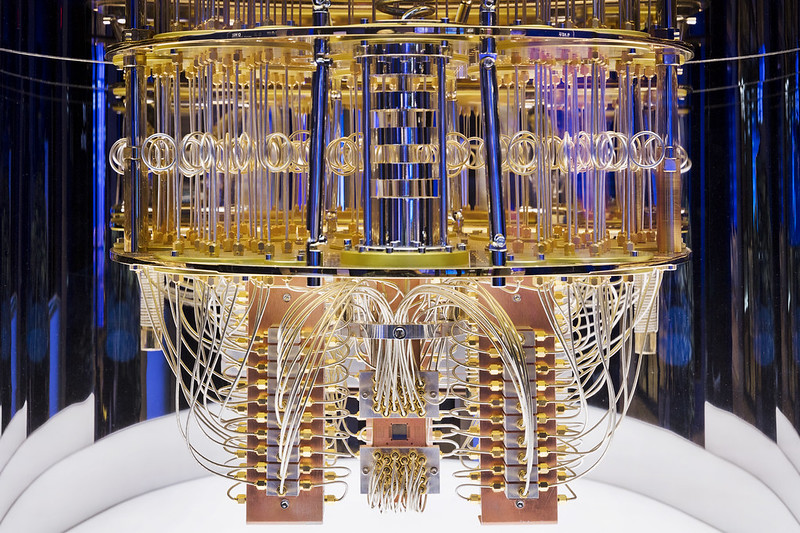
BM Cryostat (CES 2020) Interior of an IBM Quantum System One model on display at CES 2020. (Credit: IBM)
The human brain, with its intricate network of 86 billion neurons firing a thousand impulses per second, remains one of the most enigmatic structures in the known universe. Yet, much of its functioning remains shrouded in mystery, necessitating relentless research and breakthroughs.
Enter quantum sensing and imaging, a cutting-edge field that promises to illuminate the dark corners of neurology. In collaboration with the UK government, MIT Technology Review and the UK Department of Business and Trade are spearheading a quantum revolution—one that holds the key to understanding brain health, identifying diseases, and enhancing treatment outcomes for patients.
The Quantum Leap in Brain Imaging
In 2015, neurological disorders ranked as the leading cause of disability-adjusted life years globally, affecting a staggering 9.4 million people. Meanwhile, dementia prevalence continues to rise, with projections indicating that the number of people living with dementia will double every 30 years, reaching 75 million by 2025.
Quantum technology is poised to revolutionise magnetoencephalography (MEG) scanners—the frontline tools for detecting and treating neurological conditions such as autism, epilepsy, and dementia. These advanced brain imaging solutions are needed now more than ever.
The UK’s Quantum Commitment
The UK government has boldly committed to making the United Kingdom a world-leading quantum economy. With £1 billion pounds in funding since 2014 and an additional £2.5 billion pounds earmarked over the next decade, they are driving quantum innovation forward.
One remarkable outcome of this commitment is Cerca Magnetics, a quantum company born out of years of research. In collaboration with the UK Quantum Technology Hub Sensors and Timing, Cerca achieved a groundbreaking feat—the world’s first wearable MEG scanner. Unlike conventional MEG scanners, which are bulky and require patients to remain still for extended periods, Cerca’s optically pumped magnetometer system allows movement during scans. Its lightweight helmet, equipped with highly sensitive quantum sensors, adapts to any head shape or size, granting newfound accessibility for infants and children.
Unlocking the Future of Neurological Research
These quantum-enhanced brain images capture moment-to-moment changes, providing an unprecedented window into brain function. Researchers can now delve deeper into neurological complexities, unravel disease mechanisms, and explore treatment outcomes. The fusion of quantum technology and neurology promises a brighter future—one where brain health is better understood, diseases are more effectively diagnosed, and patients receive targeted treatments.
As we embark on this quantum journey, the collaboration between MIT Technology Review and the UK Department of Business and Trade stands at the forefront of innovation. Together, they are unlocking the secrets of the human brain, paving the way for a quantum-powered neurological revolution.
3. Government Holds First Meeting of the Hydrogen Propulsion Manufacturing Taskforce
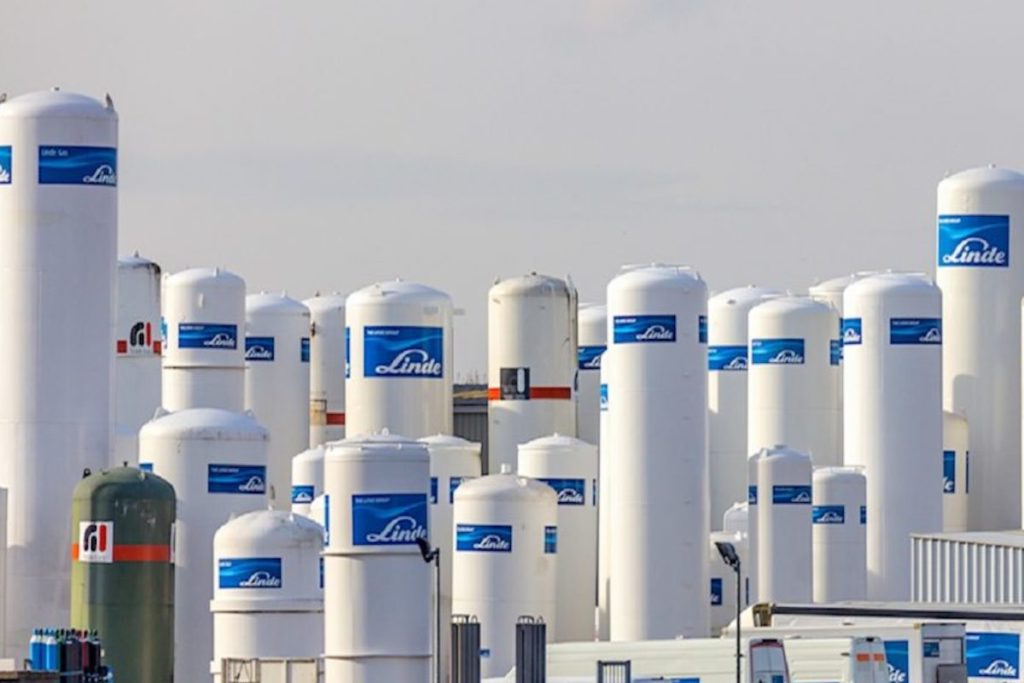
The Department for Business and Trade (DBT) has taken a significant step toward advancing hydrogen propulsion technology in the UK. On March 27, 2024, the Hydrogen Propulsion Manufacturing Taskforce convened for its inaugural meeting. This taskforce, led by Steve Scrimshaw, former CEO of Siemens Energy, aims to maximise investment opportunities in the UK’s manufacturing of hydrogen propulsion systems.
As part of the Advanced Manufacturing Plan, which was announced in November, the government established this industry taskforce. Its primary objectives include:
1. Investment Opportunities:
The taskforce will identify the potential for investment in the UK’s design and development of hydrogen propulsion technologies across land, maritime, and air transport.
2. Synergies with Other Sectors:
Additionally, it will explore synergies with hydrogen manufacturing in other sectors, creating a comprehensive investment proposition that sends a clear signal to markets.
The Hydrogen Propulsion Manufacturing Taskforce operates in partnership with the Hydrogen Innovation Initiative and Innovate UK. By collaborating with industry experts, it aims to shape the future of hydrogen-powered transportation. Expect to see its recommendations to the government later in 2024.
Stay tuned for groundbreaking developments as the UK accelerates its journey toward a hydrogen-powered future!
4. BlackBerry Opens World-Class Cybersecurity Center of Excellence in Malaysia
BlackBerry Limited has taken a significant stride in bolstering global cybersecurity efforts by officially inaugurating its Cybersecurity Center of Excellence (CCoE) in Kuala Lumpur. The grand opening ceremony was graced by distinguished guests, including the Prime Minister of Malaysia, YAB Dato’ Seri Anwar bin Ibrahim, Canada’s Minister of Export Promotion, International Trade and Economic Development, The Honorable Mary Ng, and BlackBerry CEO, John Giamatteo.
A Hub of Excellence in the Indo-Pacific Region
The new CCoE is poised to become a beacon of cybersecurity excellence in the Indo-Pacific region. Its mission? To equip Malaysia and neighboring countries with the tools, knowledge, and expertise needed to combat the ever-evolving landscape of cyber threats. By delivering exceptional cybersecurity training and threat intelligence, the center aims to empower governments and organisations to better prevent, deter, and respond to cyber attacks.
Addressing the Skills Gap
Malaysia faces a reported shortfall of approximately 12,000 cybersecurity professionals. In response, BlackBerry has introduced its groundbreaking BlackBerry Cybersecurity Curriculum through the CCoE. This comprehensive curriculum offers globally recognised courses and certifications, nurturing a skilled workforce and fostering career opportunities for both men and women in the region.
A Landmark Deal
The opening of the CCoE marks another milestone in the landmark deal forged between the Malaysian Government and BlackBerry in November 2023. Prime Minister YAB Dato’ Seri Anwar bin Ibrahim expressed his vision for the centre: “Beyond training and upskilling our national cyber workforce, the Cyber Security Center of Excellence has the potential to be an international destination for addressing emerging cyber threats. We can bring together Malaysian and Canadian universities, research institutions, and skilled practitioners to share knowledge, threat intelligence, and jointly develop strategies to strengthen national and regional cyber resilience.”
A Collaborative Ecosystem
The CCoE will serve as a hub for professional networking, knowledge-sharing, and skills development. From cyber fundamentals to advanced technical areas, the curriculum covers a wide spectrum. It includes specialised training on BlackBerry® cybersecurity products and services, as well as offerings from internationally recognised partners like the SANS Institute and Canada’s Rogers Cybersecure Catalyst.
Empowering Women in Cybersecurity
To bridge the gender gap in the Malaysian cyber industry, the centre also provides select scholarship opportunities for women cybersecurity professionals. Additionally, plans are underway to integrate CCoE student education programs into existing university curricula.
In this digital age, where cyber threats loom large, BlackBerry’s Cybersecurity Center of Excellence stands as a beacon of knowledge, collaboration, and resilience.
5. International Battery Company Powers Up with $35M Funding to Bridge EV Gap in India
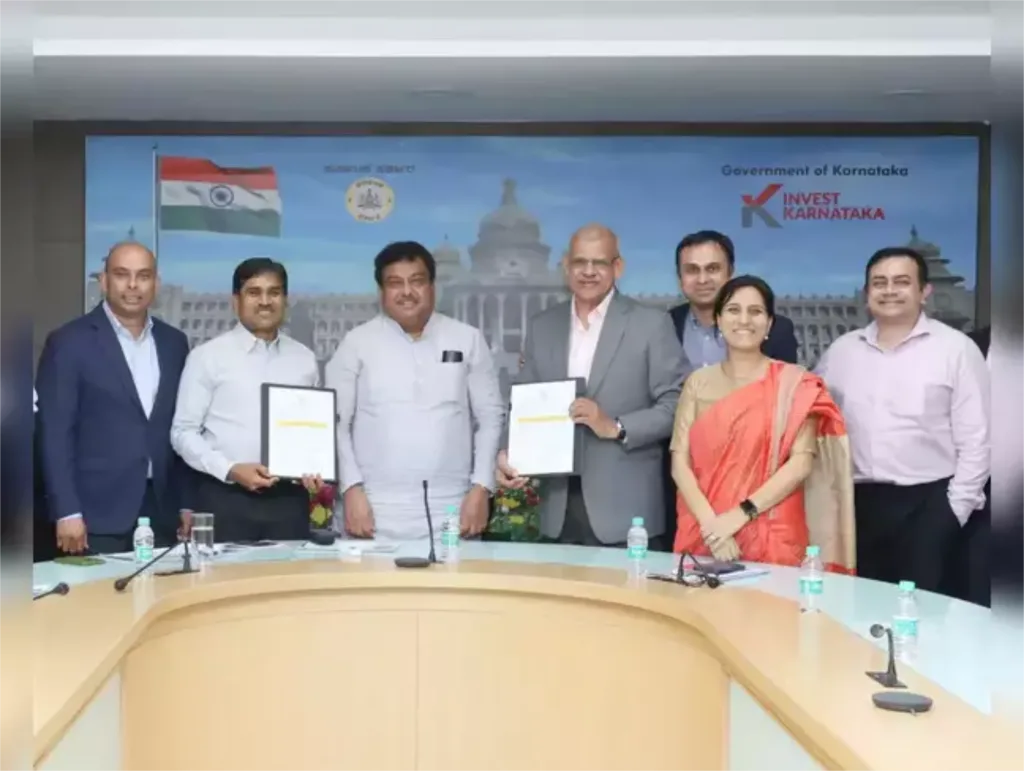
International Battery Company, a dynamic startup specialising in lithium-ion battery cells for electric vehicles (EVs), has recently secured a significant funding boost. With an infusion of $35 million, the company is poised to address the critical demand-supply gap in India’s rapidly expanding EV market.
The Growing EV Landscape in India
India, a country with more than 3.5 million EVs, witnesses a diverse mix of electric mobility. While nearly half of these vehicles are electric two-wheelers, less than 10% are four-wheelers. The remaining segment comprises e-rickshaws, three-wheelers, and a small number of electric buses. However, these numbers pale in comparison to the staggering 23 million conventional vehicles sold in India in 2023 alone.
Challenges and Opportunities
Despite the surge in EV adoption, there are significant challenges. Currently, most EV batteries used in India are imported, primarily from China. This reliance on foreign suppliers raises concerns related to safety, sustainability, and performance. These imported battery packs often lack proper design for local conditions and durability, leading to instances of electric two-wheelers catching fire.
International Battery Company’s Vision
International Battery Company aims to revolutionise the Indian EV landscape. Founded in 2022 by Priyadarshi Panda, the company focuses on manufacturing large-sized rechargeable Prismatic Li-ion Nickel Manganese Cobalt (NMC) batteries. These batteries are specifically tailored for the Indian market, addressing critical requirements:
1. Operating Safely in High Temperatures:
India’s climate demands batteries that can withstand extreme heat.
2. Fast-Charging Capabilities:
EVs need efficient charging solutions.
3. Extended Lifecycles:
A 7- to 10-year warranty ensures longevity.
Local Manufacturing and Impact
The startup conducts its battery research and development in Silicon Valley and produces Li-ion cells at its 50MWh capacity manufacturing plant in South Korea. By focusing on the small mobility sector—comprising two- and three-wheelers, light commercial vehicles (LCVs), and farm and industry equipment—International Battery Company aims to bridge the gap between demand and supply in India’s EV market.
As India sets ambitious targets, aiming for 30% of its entire four-wheeler base and 80% of its two- and three-wheeler market to be electric by 2030, International Battery Company stands ready to play a pivotal role in this transformative journey.
6. Macron Criticises Proposed EU-Mercosur Trade Pact for Weak Climate Commitments

Pexels Pixabay
French President Emmanuel Macron has raised serious concerns about the proposed trade agreement between the European Union (EU) and the South American Mercosur bloc. In a recent statement, Macron labelled the deal a “very bad” one, emphasising its lack of robust climate commitments.
As negotiations continue, the French leader contends that the current agreement fails to adequately address critical environmental issues, particularly biodiversity and climate change. He asserts that both parties need to be “much stronger” in their commitment to safeguarding the planet.
While Brazil has expressed readiness to sign the deal, France remains cautious. French farmers have voiced objections to potential agricultural imports—such as beef—that do not meet stringent EU standards. Macron insists that a new trade deal must align with sustainable development, climate action, and biodiversity preservation.
As the debate unfolds, the fate of the EU-Mercosur pact hangs in the balance. Will the two economic blocs find common ground and prioritise environmental responsibility? Or will the lack of climate considerations prove insurmountable?
Join us as we delve into the complexities of this contentious trade agreement and explore its implications for our shared planet.
Featured image Steven Van Elk via pexels

